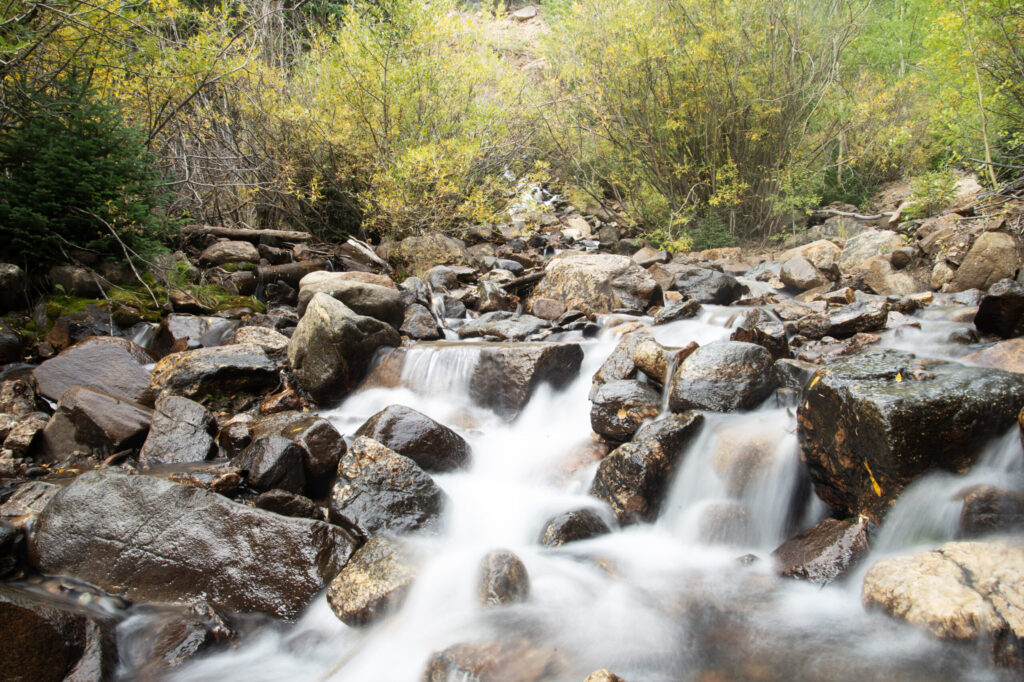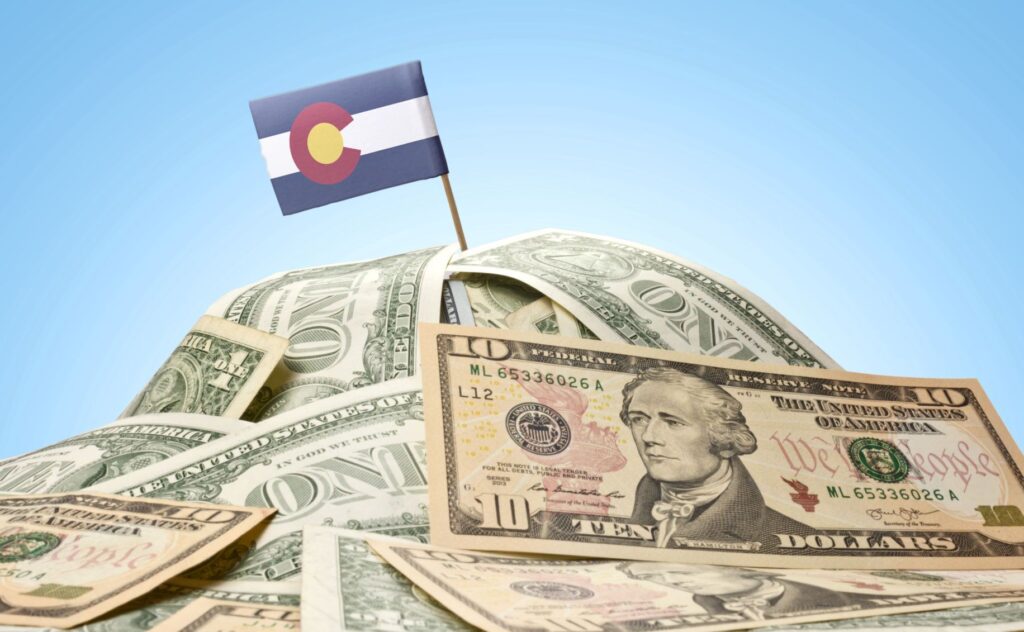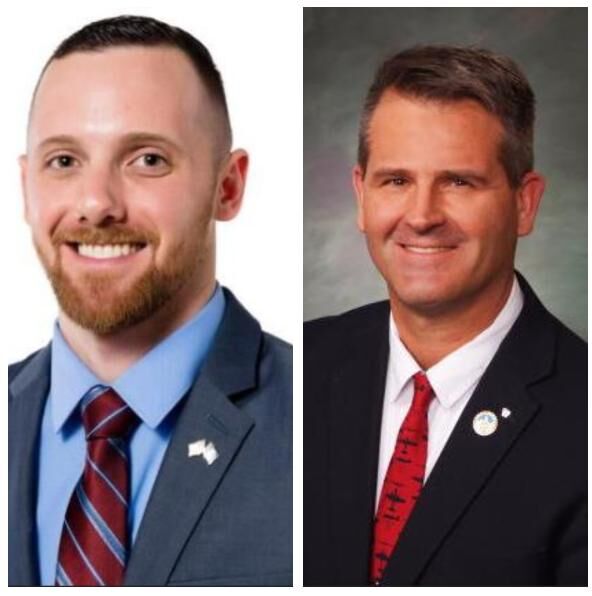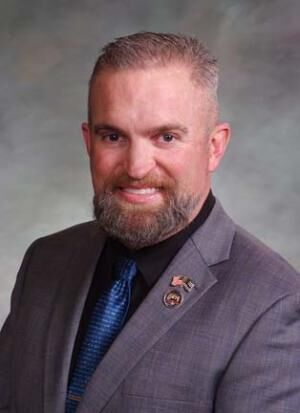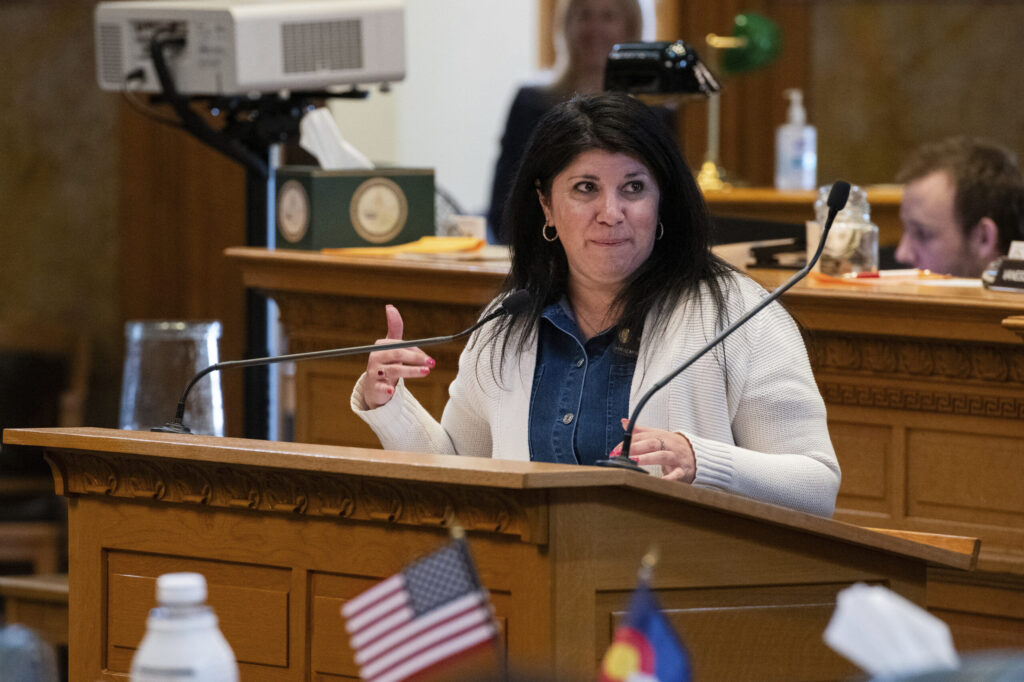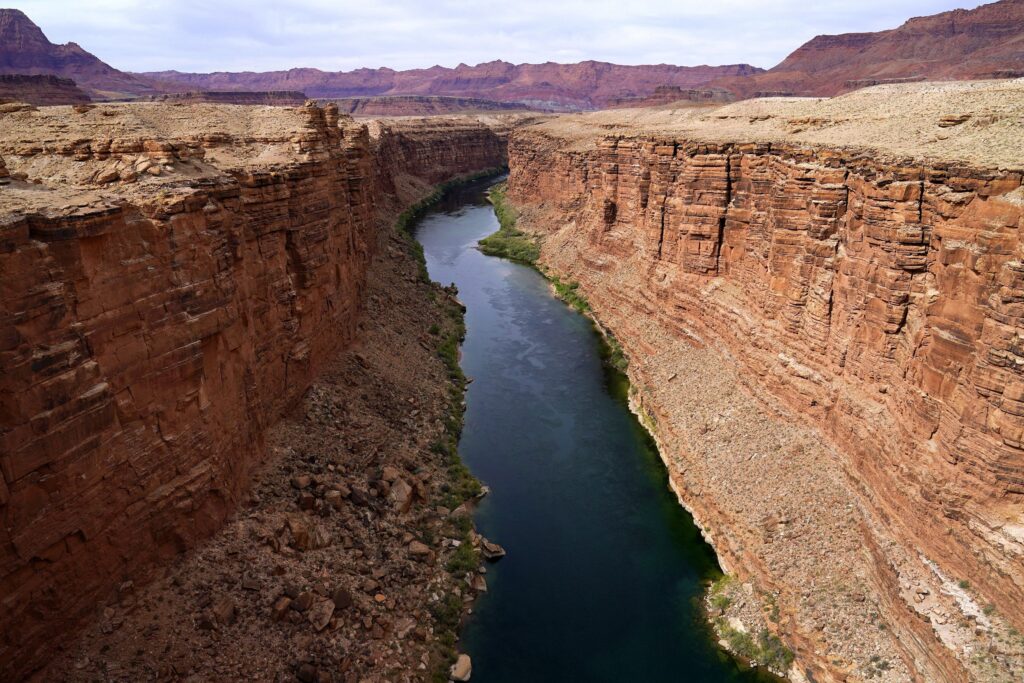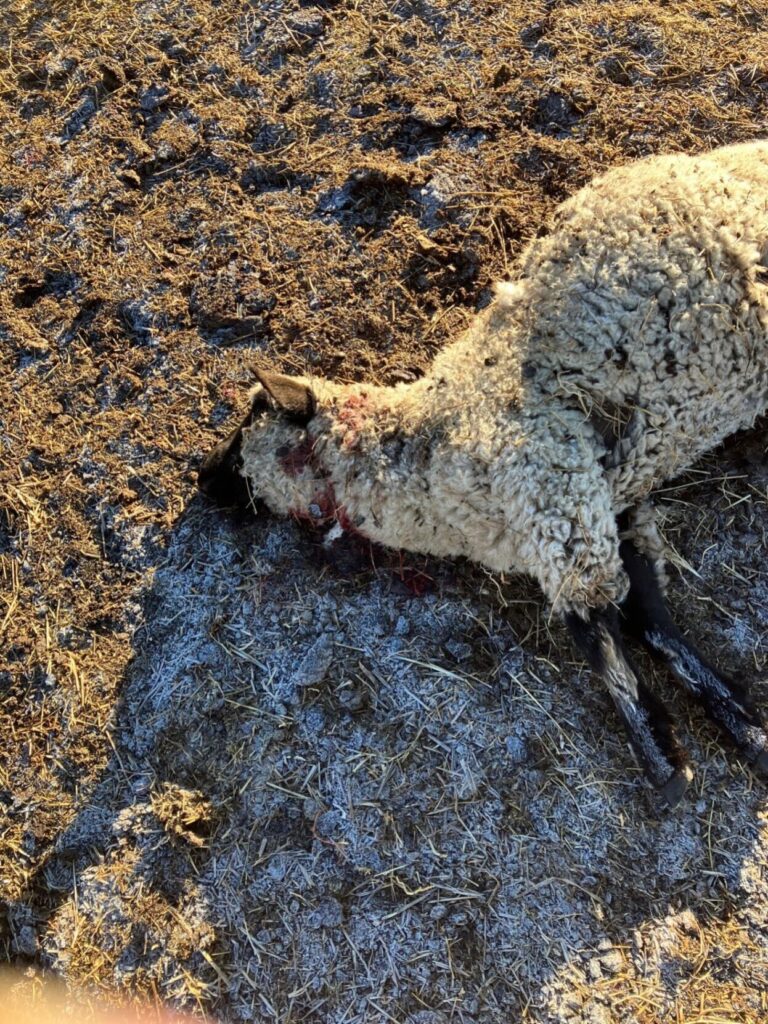Feds to pay farmers to use less water, reducing Colorado River strain

The U.S. Bureau of Reclamation Wednesday announced it will pay farmers in Arizona, Nevada and California to reduce their water use.
The newly-created Lower Colorado River Basin System Conservation and Efficiency Program will pay farmers in the the lower basin states of the Colorado River system to conserve water at prices ranging from $330 per acre-foot of water to $400 per acre-foot, depending on how long farmers agree to those conservation measures.
The program will be funded with part of the $4 billion tasked for western drought relief in the Inflation Reduction Act. While the program address only the lower basin states, the announcement indicated “at least $500 million” for the upper basin states of Colorado, Wyoming, Utah and New Mexico, although no details were provided on just how that would be spent.
The notion of paying farmers to use less water is not a new one and has been a part of the Colorado Water Plan since its inception.
In 2022, for example, the General Assembly approved $60 million from federal American Rescue Plan Act dollars to pay farmers to stop pumping water in the Rio Grande and Republican River basins – the latter for compact compliance, the former for groundwater sustainability.
Applications for the first two of three program features will be accepted beginning later today and continue through Nov. 21, according to the USBR announcement.
The program has three facets:
- Proposals from eligible applicants for system conservation resulting in wet water remaining in Lake Mead, priced at $330 per acre-foot for a one-year agreement, $365 per acre-foot for a two-year agreement and $400 per acre-foot for a three-year agreement
- Proposals for additional water conservation and efficiency projects that could involve a variety of pricing options
- Proposals to be submitted in early 2023 for long-term system efficiency improvements that will result in multi-year system conservation
In order to prove eligibility, the applicant must show the amount of Colorado River water that would be conserved per year and over the life of the proposed plan based on historical use and how the applicant will verify and document the consumptive use reduction.
Eligible applicants must hold Colorado River water delivery contracts or Central Arizona Project delivery contracts, and that the applicant must work with USBR to ensure the conserved water stays in Lake Mead and is not ordered for delivery. Applications will be ranked on factors such as the amount and timing of water conserved in Lake Mead, the duration of the plan and previous participation in existing conservation programs.
Those applying for the additional water conservation projects must show the same data as the first, along with the amount of time require to implement the conservation plan, its duration, estimated cost per acre-foot of conserved water with an economic explanation of the proposed cost and a description of how the proposed plan will ensure the conserved water will remain in Lake Mead and not drawn down by other “entitlement holders.”
“The prolonged drought afflicting the West is one of the most significant challenges facing our country. I have seen firsthand how climate change is exacerbating the drought crisis and putting pressure on the communities who live across Western landscapes,” said Secretary of the Interior Deb Haaland. “Thanks to historic funding from the Inflation Reduction Act, the Interior Department is committed to using every resource available to conserve water and ensure that irrigators, Tribes and adjoining communities receive adequate assistance and support to build resilient communities and protect our water supplies.”
USBR Commissioner Camille Touton said the investment “enables the Bureau of Reclamation to improve water management and conservation efforts in the Colorado River Basin?today – and for the future,” adding that the new programs provides new opportunities for system conservation and for more durable long-term solutions in the West, now in its 23rd year of significant drought.
The crisis on the Colorado River, which has resulted in record low levels at Lake Mead, which serves the lower basin states; and Lake Powell, which serves the upper basin states. It prompted Touton in June to order the seven states to come up with a plan on saving two to four million acre-feet of water in the next year, a plan with a 60-day deadline.
The seven states couldn’t agree on a plan. The upper basin states submitted a five-point proposal that did not include any specified water savings while the lower basin states of Arizona and Nevada proposed a two-million acre-foot plan that was rejected by California and the federal government.





